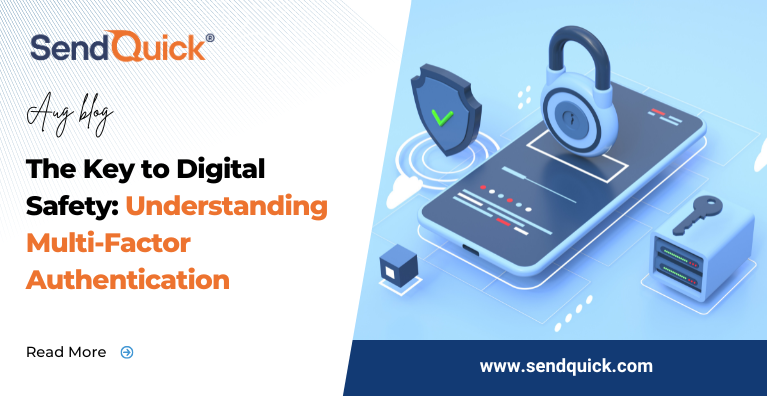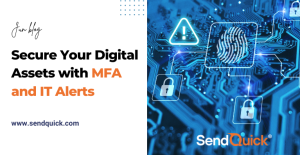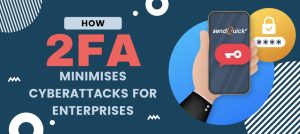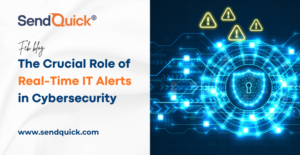In an age where technology is seamlessly integrated into our daily lives, ensuring the safety of our digital presence has become more crucial than ever before. Cybersecurity threats loom large, constantly evolving and adapting to exploit any weaknesses in our online defenses.
One of the most potent weapons in the fight against cybercrime is Multi-Factor Authentication (MFA). Understanding MFA and how it enhances digital safety is paramount for every individual and organization.
What is Multi-Factor Authentication?
MFA is a security solution that goes beyond the traditional username and password combination to verify a user’s identity. It adds multiple layers of authentication, making it significantly more challenging for unauthorized individuals to gain access to sensitive accounts and information.
The fundamental principle behind MFA is to require users to present two or more different types of credentials before they can log in.
How Does Multi-Factor Authentication Work?
MFA typically involves three categories of authentication factors:
Something You Know: This is usually a password or a PIN, which serves as the first line of defense. It is the most common form of authentication but can be vulnerable if used alone.
Something You Have: This involves a physical device or token that the user possesses, such as a smartphone or hardware token. The device generates a one-time code or provides a cryptographic signature to authenticate the user.
Something You Are: This factor relates to biometric data, such as fingerprint scans, iris recognition, or facial recognition. Biometrics provide a unique identifier specific to each individual, making it a secure authentication method.
The Importance of Multi-Factor Authentication
Stronger Security: MFA significantly reduces the risk of unauthorized access. Even if one factor is compromised, the attacker would still need to bypass the additional layers of authentication.
Mitigating Password Vulnerabilities: Passwords are prone to being forgotten, guessed, or stolen. MFA lessens the reliance on passwords alone, adding an extra safeguard against common password-related attacks.
Protection from Data Breaches: With MFA, even if login credentials are exposed in a data breach, the stolen information becomes significantly less valuable without the additional authentication factors.
Combatting Phishing Attacks: Phishing attempts often trick users into providing their login credentials unwittingly. MFA can thwart such attacks by requiring an additional authentication step.
Securing Remote Access: In the age of remote work and cloud computing, MFA becomes indispensable in securing access to critical company resources from various locations and devices.
Implementing Multi-Factor Authentication
The adoption of MFA is becoming increasingly prevalent across various platforms and services. Many major websites, applications, and financial institutions now offer MFA as an optional or mandatory feature. Additionally, numerous organizations are implementing MFA for their internal systems to safeguard sensitive data and maintain robust cybersecurity practices.
To implement MFA effectively:
Choose MFA methods that align with your security needs and user convenience.
Educate users about the importance of MFA and guide them through the setup process.
Regularly review MFA settings and update security policies as necessary.
Conclusion
In an era dominated by digital interactions and interconnectedness, the protection of personal and sensitive data has become a top priority. MFA stands as a critical pillar in the defense against cyber threats.
By combining different authentication factors, MFA creates a robust shield that reinforces digital safety, making it significantly more difficult for malicious actors to compromise accounts and systems.
Understanding the significance of MFA empowers individuals and organizations to take proactive steps towards securing their digital identities and sensitive information. As technology continues to advance, embracing MFA will undoubtedly be the key to safeguarding the digital realm and preserving our privacy and security in an ever-changing digital landscape.
To learn more about how SendQuick can help secure remote access with multi-factor authentication solutions, please visit our website at:
www.sendquick.com/contact-us/






